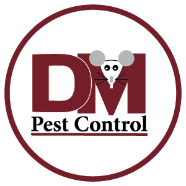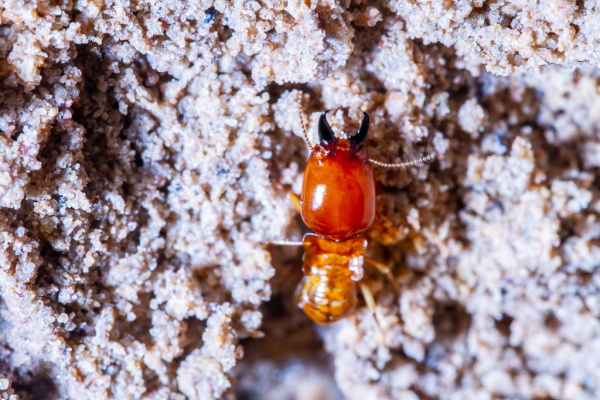If you own a home, there's always a chance that you could get termites. Termites are small, pale, winged insects that live in colonies underground and are closely related to cockroaches. These annoying critters are found on every continent except for Antarctica, and there are more than 2,000 species of termites; scarily, their colonies can number in the millions! They build their nests by excavating soil and chewing on wood. Termites are considered pests because they can cause extensive damage to houses and other structures. However, there are several ways to eliminate termites: preventative measures, DIY treatments, and professional extermination by pest control experts.
Signs of a termite infestation
Most people assume that they only need to worry about termites during springtime. However, while springtime is certainly when swarms of reproductive termites leave their nests in search of new places to start colonies, homeowners should be aware of signs of termites year-round. A termite infestation can be a severe problem for any homeowner. These pests are drawn to wood, which means your house could be at risk. There are several signs of a termite infestation, so you must be on the lookout for them so you can act quickly.
- You See Them
One of the most common signs of a termite infestation is the presence of winged insects around your home.
- You See Their Droppings
Droppings near wood in your home, hollowed-out wood, and wings near doors or windows are all potential signs that you have a termite problem.
- You See Mud Tubes
Mud tubes are one sign that termites might be present. Termites build these tubes for protection as they travel from their nests to their food source. Mud tubes are usually about the width of a pencil and can be found on the sides of houses or other structures.
- You See Damaged Wood in or Around Your Home
Of course, one of the most obvious signs that you have a termite problem is if you see damaged wood in or around your home. This could be anything from large chunks of wood that have been completely eaten away to small holes in baseboards or window frames.
The best treatment for eliminating termites
There are a few different ways to go about treating and eliminating termites.
- The most common method is to use pesticides. However, there are a variety of pesticides on the market, so it is important to do your research to find the one that will work best for your specific situation.
- Fumigation of your entire home is a prevalent treatment for termite infestation.
- Another option is to have your home treated with heat or cold. This method is often used in combination with pesticides. Heat treatment involves using high temperatures to kill the termites, while cold treatment uses low temperatures.
- Electro-gun is another popular tool that some professionals use to eliminate termites. It affects termite colonies through the wood by sending a high-voltage, high-frequency, yet low current of electricity.
- Spot treatment is another method for eliminating termites. This effective treatment involves drilling holes and injecting termiticide into them.
Unfortunately, what may work on some infestations may not work on others. If you suspect you might have termites, it's crucial to contact a pest control professional immediately so they can determine the extent of the problem and develop a treatment plan. DM Pest Control can easily and effectively determine exactly how to treat your termite infestation and get you back to feeling comfortable at home again.

